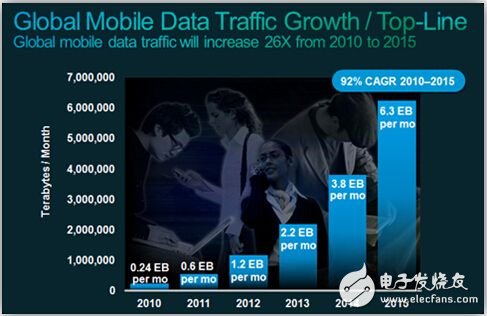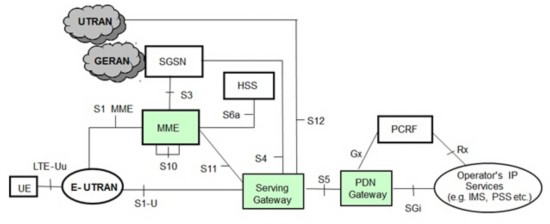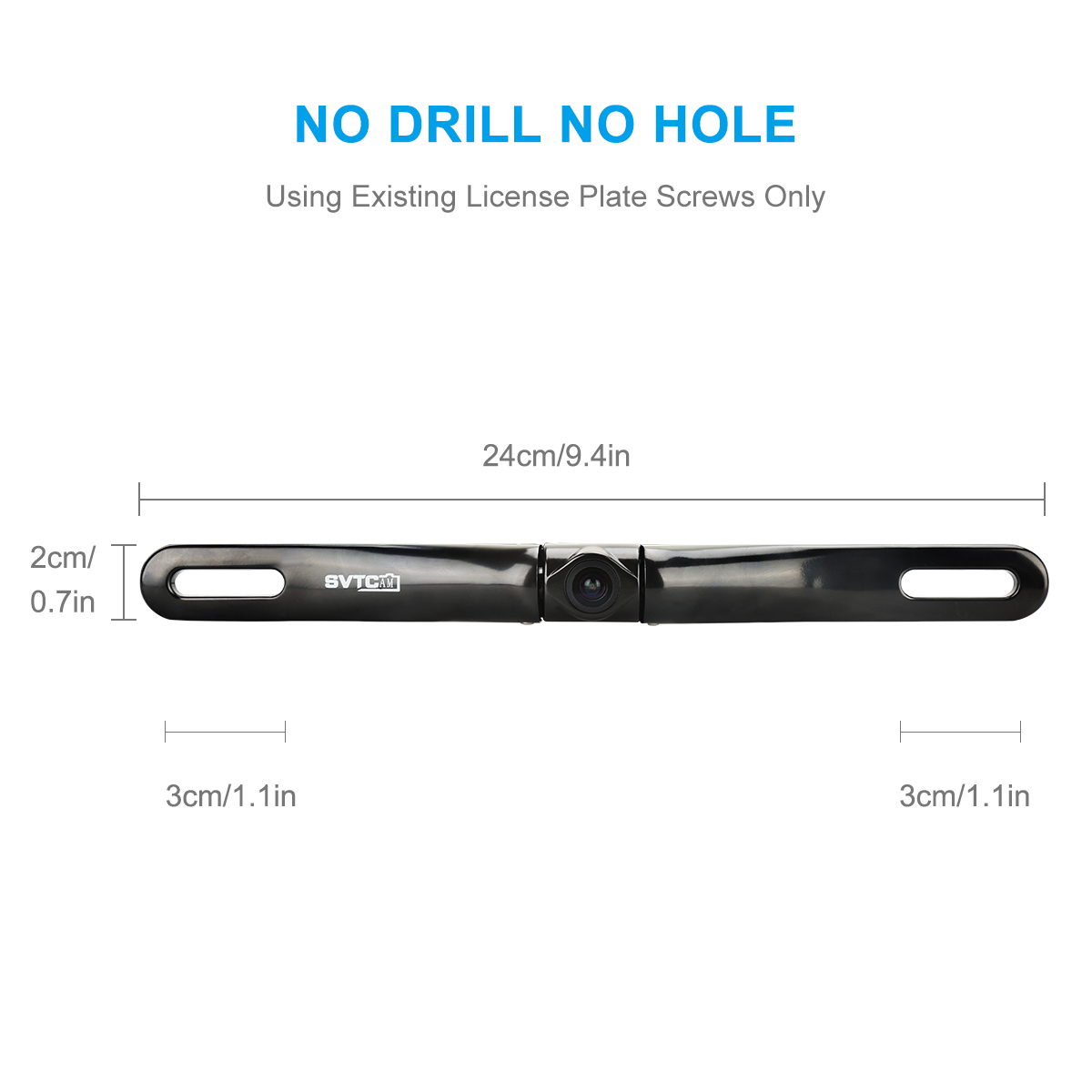With the rapid development of mobile APP, mobile phone users are becoming more and more sensitive to the speed of mobile Internet access, and the demand for bandwidth is endless. Therefore, more and more users choose to use 3G/4G mobile phones to enjoy the enthusiasm brought by wireless Internet access. With the rapid growth of 3G/4G users, the rapid expansion of Internet data has challenged the performance of 3G/4G LTE (Long Term EvoluTIon) networks.
From the statistics of recent years, the growth of mobile data services is staggering. The following figure shows the growth of global mobile data services from 2010 to 2015. The ordinate indicates the data services used every month in the world. TB is too bit, and this growth trend is bound to keep and accelerate.

Figure 1. Global mobile data traffic growth
At present, there are three types of 3G in China: WCDMA (Wideband Code Division MulTIple Access), CDMA2000 (Code Division MulTIple Access 2000) and TD-SCDMA (TIme Division-Synchronous Code Division Multiple Access). The technology coexists, and the corresponding operators are China Unicom, China Telecom and China Mobile. 4G LTE has two camps: FDD-LTE (Frequency-division duplex) and TD-LTE (also called LTE TDD, Time-division duplex, time division duplex). China Mobile adopts TD-LTE, China. China Unicom and China Telecom are using FDD-LTE.
The difference between the two LTE technologies is the inconsistency of the air interface standards, but the LTE core network EPC (Evolved Package Core) is consistent.

Figure 2 3GPP access, non-roaming LTE network architecture
Figure 2 shows the non-roaming LTE network architecture, and the roaming architecture, which is suitable for users roaming to other operators' networks. This roaming architecture is not discussed here. In Figure 2, the entity of E-UTRAN is the eNodeB, and the UE refers to the user terminal, such as our mobile phone. The approximate functions of each node of LTE EPC are as follows:
MME: Mobility Management Entity, which belongs to the control plane device and mainly handles user signaling.
S-GW: Serving Gateway, which belongs to the user plane device, processes user data, performs session management, routing, data forwarding, QoS control, and accounting.
P-GW: Packet Gateway, which belongs to the user plane device, its main functions are user IP address allocation, session management, PCRF selection, data forwarding, QoS control, and accounting.
PCRF: Policy and Charging Function, which includes policy control decisions and flow-based charging control.
HSS: Home Subscriber Server, its function is to store user subscription information.
For more LTE related articles, please refer to the electronic enthusiasts Designs of week column - "Resolve 4G quality problems? LTE test out!"
2.High Quality Image : Resolution: 420 TV lines; Effective pixels: 628 X 586 pixels.
3. License Plate Backup Camera can fit virtually any vehicle .
5.Low power consumption design means the camera operate more steadily and consume less than 40mA.

License Plate Backup Camera
License Plate Backup Camera,Suv License Plate Backup Camera,Above License Plate Camera,Mount License Plate Camera
Shenzhen Sunveytech Co.,LTD , https://www.sunveytech.com